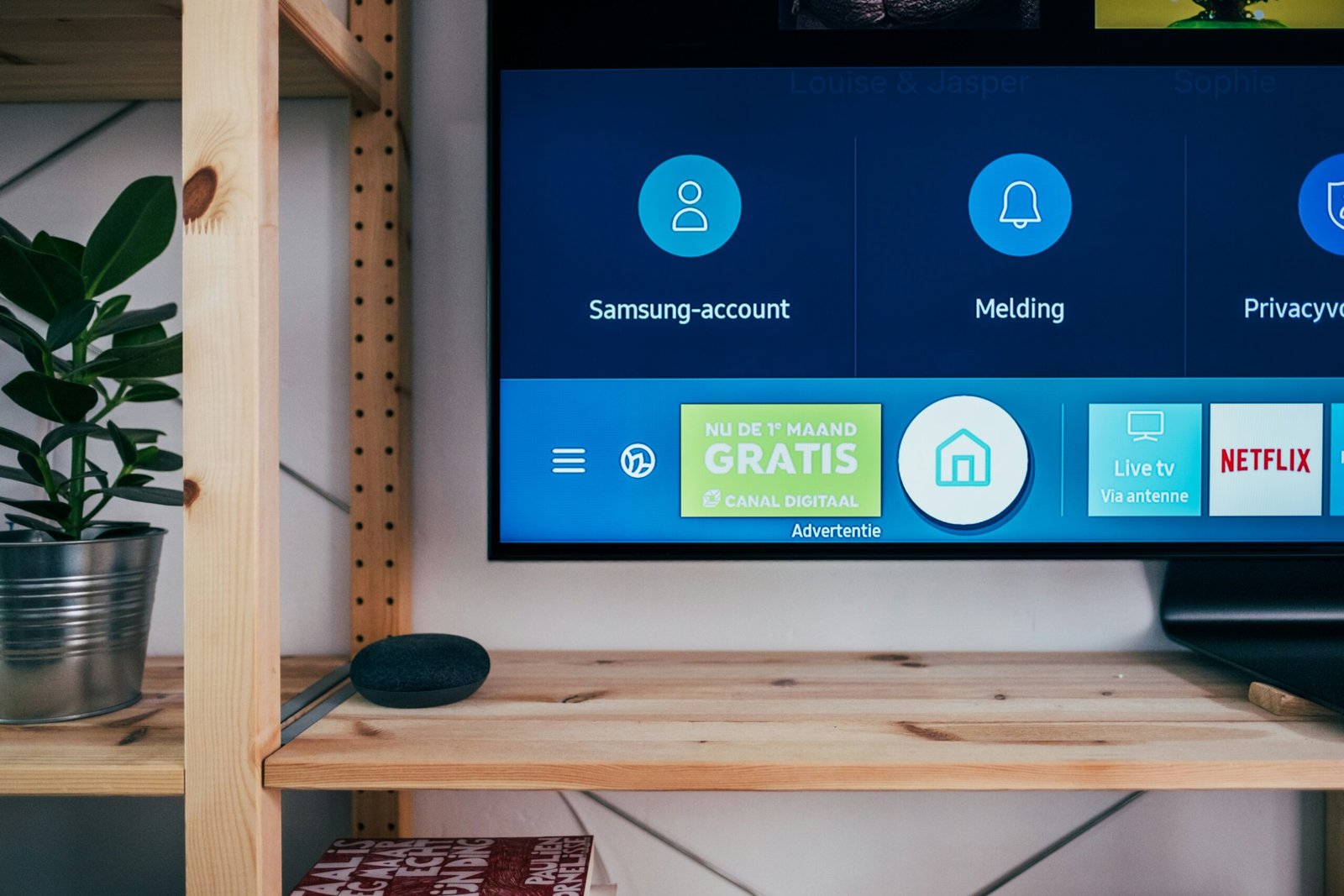How to Clean an LCD Screen Without Scratching It
Understanding the Sensitivity of LCD Screens
LCD screens, short for Liquid Crystal Display screens, are known for their high-quality visuals and vibrant colors. However, this advanced technology also brings with it a certain level of fragility. The sensitive nature of LCD screens stems from their intricate composition. They are made up of several delicate layers, including a liquid crystal layer sandwiched between two glass substrates, and topped with a thin protective film or anti-glare coating. This multi-layer composition, while essential for providing sharp images and vivid colors, also makes the screens highly susceptible to scratches and other forms of damage.
A common mistake people make when cleaning LCD screens is using abrasive materials or household cleaning agents not designed for electronics. Paper towels, for instance, may seem soft but actually contain fibers that can scratch the screen’s surface. Similarly, everyday cleaners often contain chemicals that can strip away the protective coatings or cause discoloration. Another frequent error is applying excessive pressure while cleaning, which can lead to cracks or permanent marks.
To avoid such damage, it is crucial to use the right techniques and tools specifically designed for delicate surfaces like LCD screens. Microfiber cloths are highly recommended as they are soft, lint-free, and designed to capture dust and smudges without causing scratches. Additionally, specialized screen cleaning solutions that are free from ammonia or alcohol can effectively clean the screen without harming it. Light, gentle strokes are advised over vigorous scrubbing to prevent exerting too much pressure on the screen.
In conclusion, understanding the sensitivity of LCD screens is the first step towards their proper maintenance. By recognizing the delicate structure of these screens and avoiding improper cleaning methods, one can significantly extend the lifespan and performance of an LCD screen, ensuring clear and unharmed visuals for years to come.
Gathering the Right Supplies
Cleaning an LCD screen without causing scratches involves using the right materials and products. The first essential item you will need is a microfiber cloth. Unlike regular fabrics, microfiber cloths are specifically designed to attract and trap dust and particles without causing abrasions to sensitive surfaces. The fine fibers ensure that no scratches or marks are left behind, making them ideal for delicate LCD screens.
In addition to a microfiber cloth, you will need a suitable cleaning solution. Commercial screen cleaners are readily available and specially formulated to be safe on LCD screens. These solutions are designed to remove smudges, fingerprints, and dust without leaving streaks. If you do not have access to a commercial screen cleaner, a DIY solution can be prepared by mixing distilled water with a small amount of isopropyl alcohol. It is important to use distilled water to avoid mineral deposits, and the alcohol helps to cut through grime and evaporate quickly without leaving residue.
When it comes to what not to use, avoid paper towels, tissues, or any abrasive materials. Paper products, although seemingly soft, can be quite abrasive and may leave tiny scratches on the surface of the screen. Abrasive materials or cleaners with harsh chemicals should also be avoided, as they can damage the screen’s anti-reflective coating. Therefore, maintaining the integrity of your LCD screen not only depends on the correct techniques but also the use of appropriate supplies.
Finally, before you begin, make sure your screen is turned off and cool to the touch. This not only protects the screen but also allows you to see dirt and smudges more clearly. Armed with the right supplies, you’re well-prepared to effectively clean your LCD screen without risking damage.
Step-by-Step Guide to Proper Cleaning
Cleaning an LCD screen can be a delicate task, but following the right steps can ensure that you do not scratch or damage the screen. Below is a step-by-step guide designed to help you properly clean your LCD screen.
To begin, make sure to turn off and unplug your device. This step is crucial to avoid any potential electrical hazards or damage to the device. Additionally, a turned-off screen allows you to see the dirt and smudges more clearly.
Next, take a dry microfiber cloth and gently remove any dust and loose particles from the screen. Microfiber cloths are recommended due to their soft texture which minimizes the risk of scratching the surface. Move the cloth in sweeping motions across the screen to collect the dust efficiently.
For more stubborn smudges or fingerprints, you may need to use a cleaning solution. Dampen one corner of the microfiber cloth with a small amount of the recommended solution. It’s crucial not to spray the solution directly onto the screen, as excess liquid can seep into the edges and cause internal damage. Wipe the screen gently using this dampened part of the cloth, moving in a back-and-forth or circular motion. This method helps in evenly distributing the cleaning solution and effectively removing smudges.
While wiping, avoid applying excessive pressure on the screen. LCD screens are sensitive and applying too much force can damage the pixels or leave permanent marks. It’s important to be gentle yet deliberate with your movements.
Finally, ensure the screen is completely dry before plugging in and turning the device back on. Use the dry part of the microfiber cloth to remove any remaining moisture. Taking this precaution prevents streaking and helps keep the LCD screen clear and ready for use.
“`html
Preventative Measures to Keep LCD Screens Clean
Keeping an LCD screen clean is a task that requires continuous care and precautionary measures to minimize the need for frequent deep cleaning. Regular dusting is a fundamental practice to keep the screen in pristine condition. Using a soft, lint-free cloth to gently wipe the screen at least once a week helps prevent the accumulation of dust. Microfiber cloths are particularly effective as they attract and capture dust particles without causing scratches.
Adopting a proactive approach by using screen protectors can further extend the longevity and cleanliness of your LCD screen. These protectors act as a shield against dirt, smudges, and minor scratches, ensuring that the actual screen remains untouched. Additionally, they can be easily replaced when they become dirty or damaged.
Maintaining a clean environment around your devices also plays a critical role in preserving the cleanliness of the screen. Avoiding smoking near the screen is essential, as smoke can leave a film that is hard to remove and may cause discoloration over time. Grease and grime build-up from fingers can be minimized by washing hands before using the device. This simple habit significantly reduces the transfer of oils and dirt onto the screen surface.
Pets and children can be sources of accidental smudges and scratches on LCD screens. Implementing strategies to keep them at bay is crucial. For instance, placing devices on higher surfaces or in rooms that pets and young children do not frequent can help. Educating older children about the importance of handling electronic devices carefully can also mitigate risks.
By integrating these preventative measures into your daily routines, you can ensure your LCD screens remain clean and clear, reducing the need for intensive cleaning sessions and maintaining the overall quality and performance of your devices.
“`







